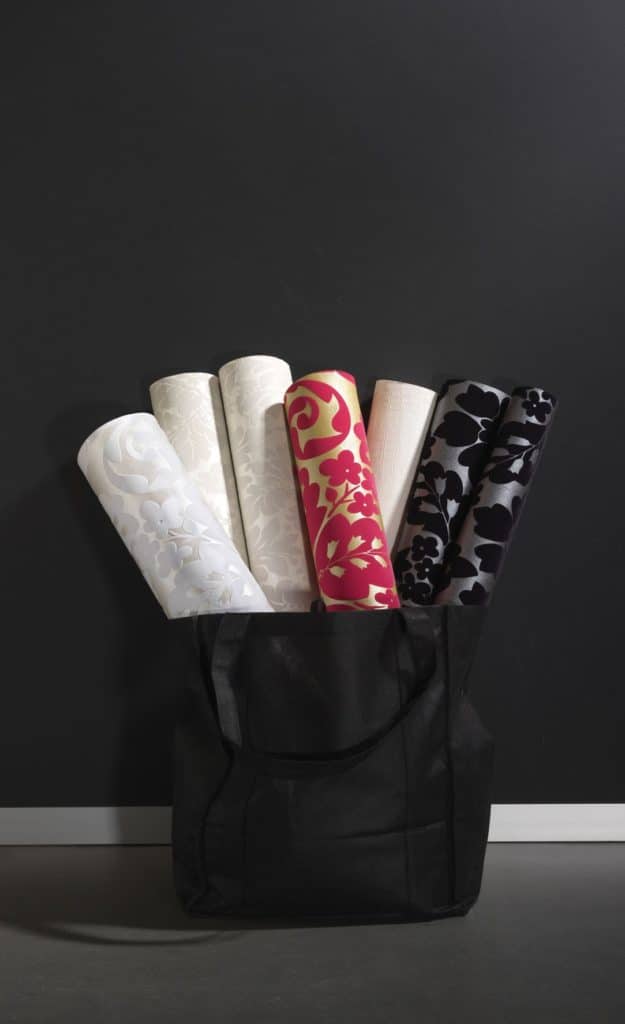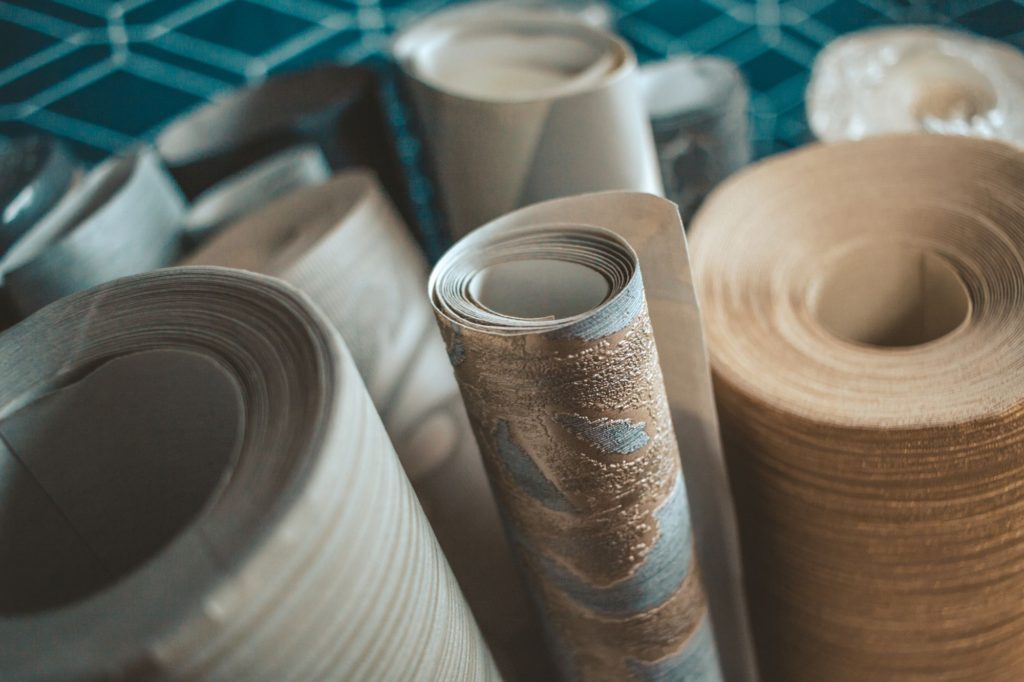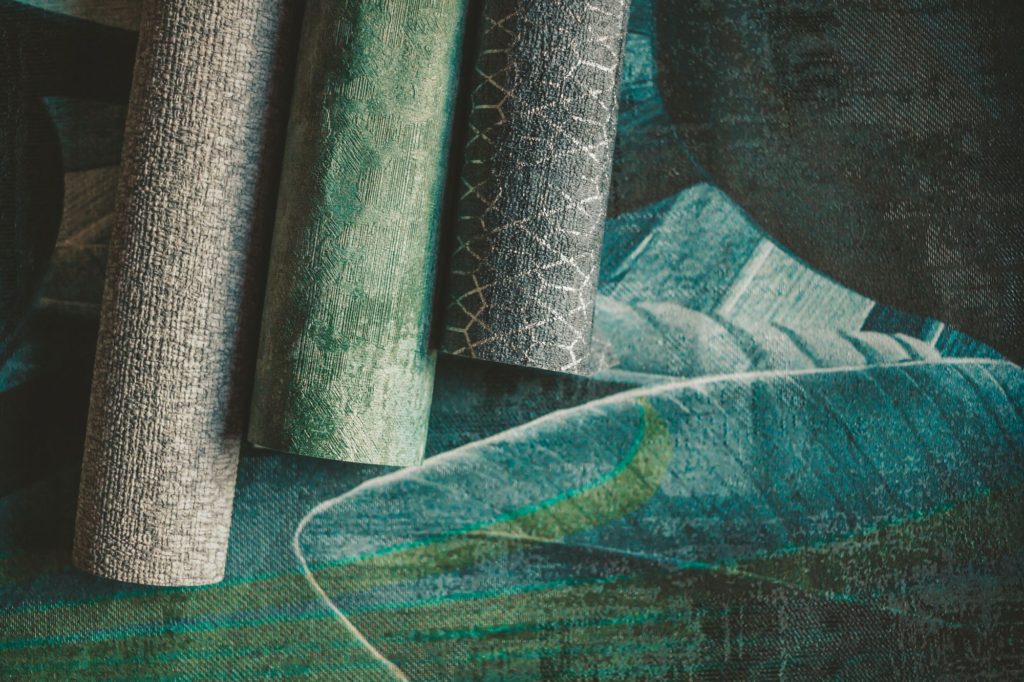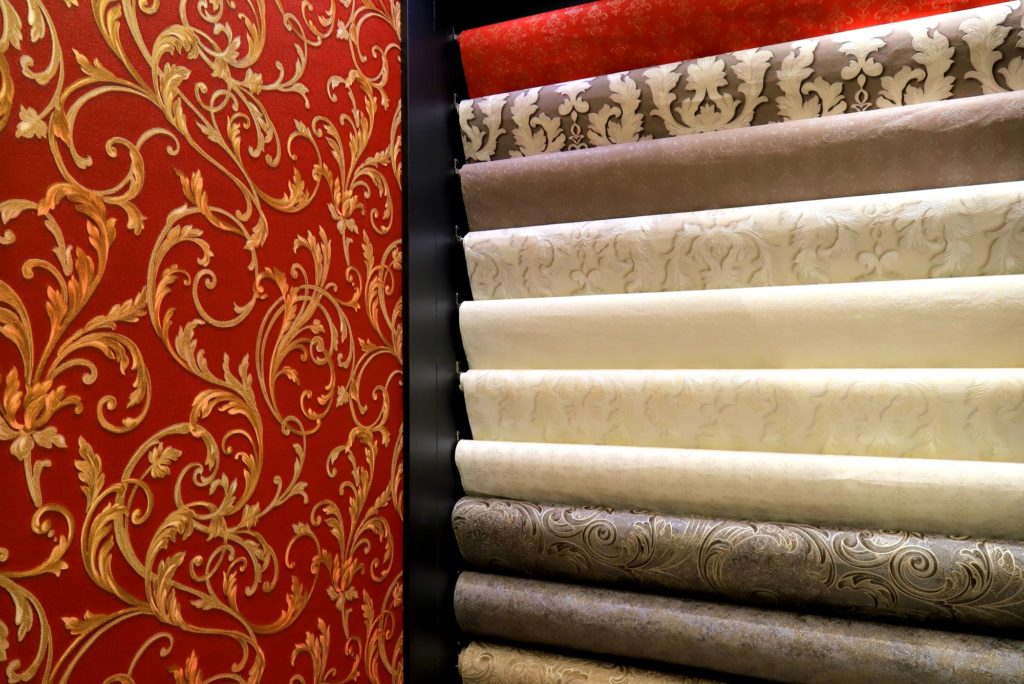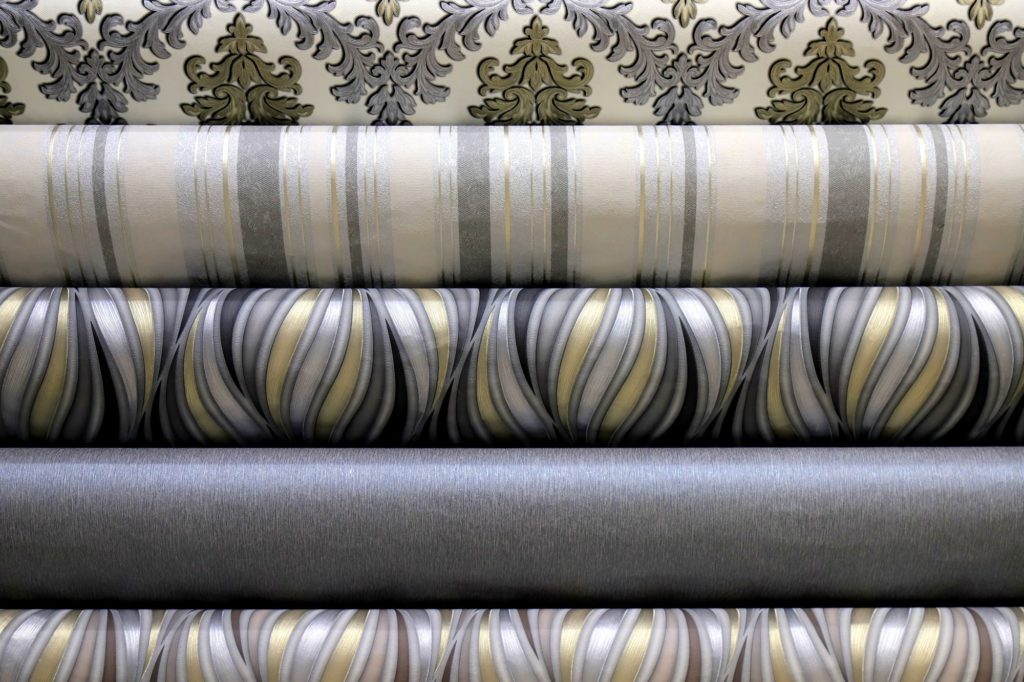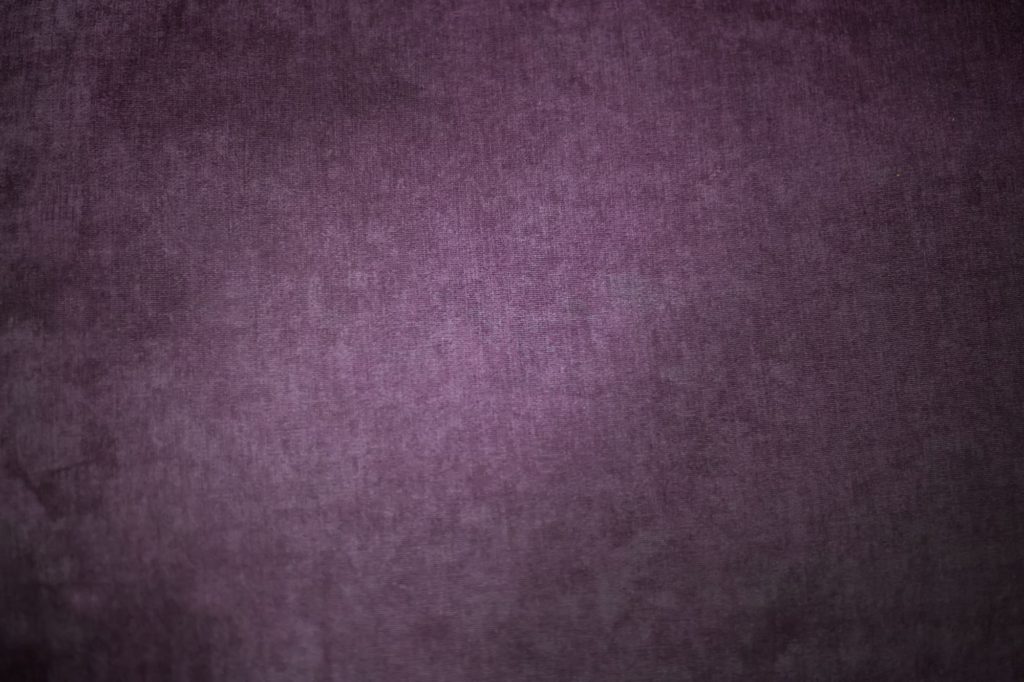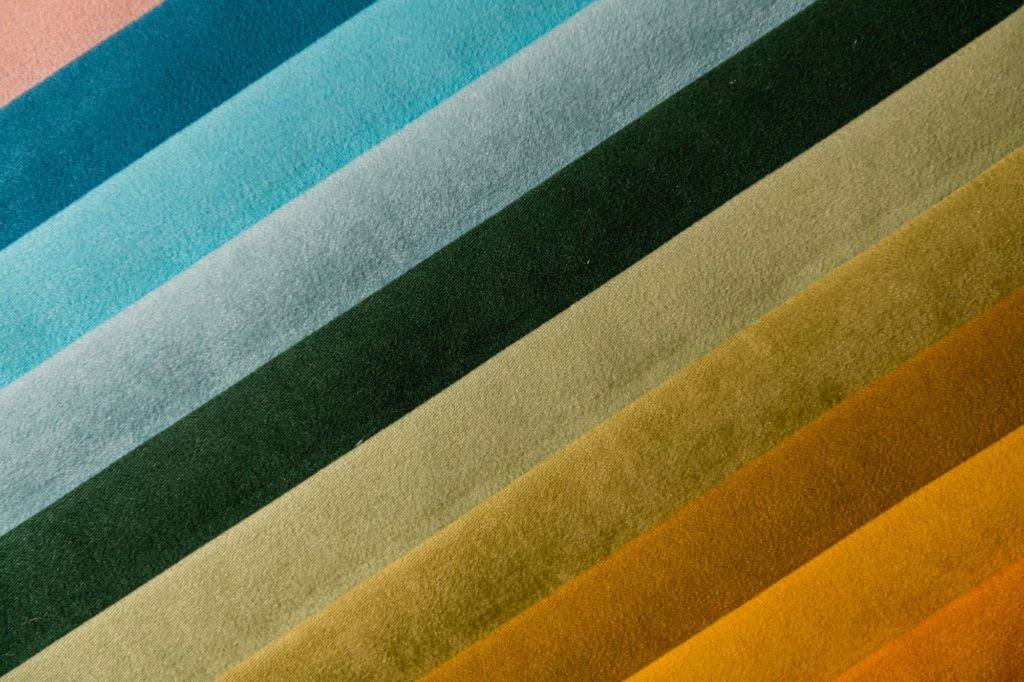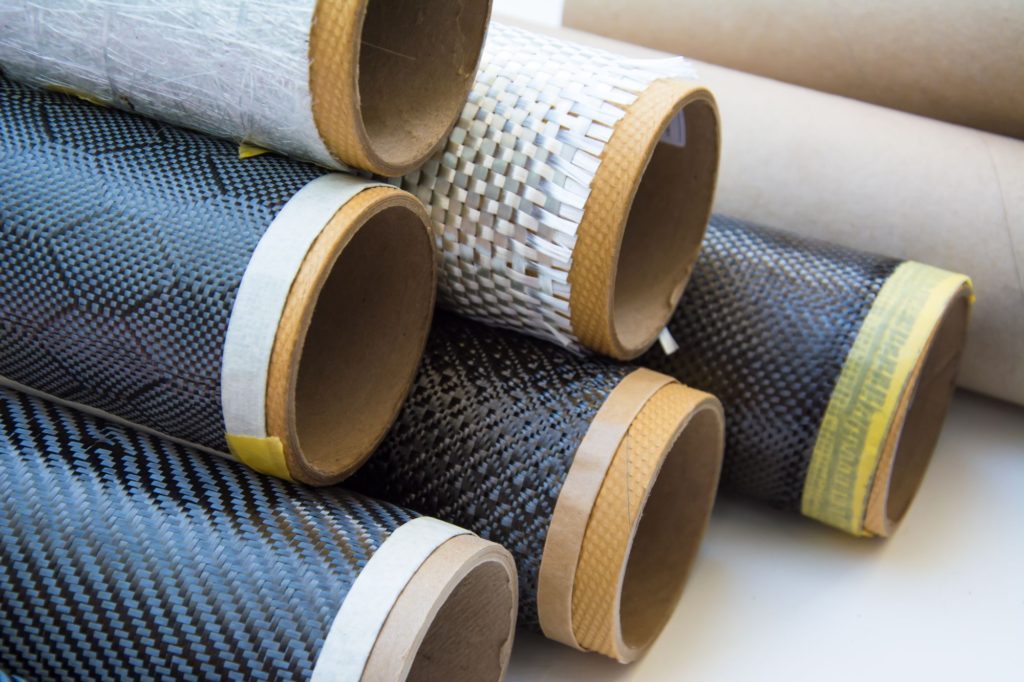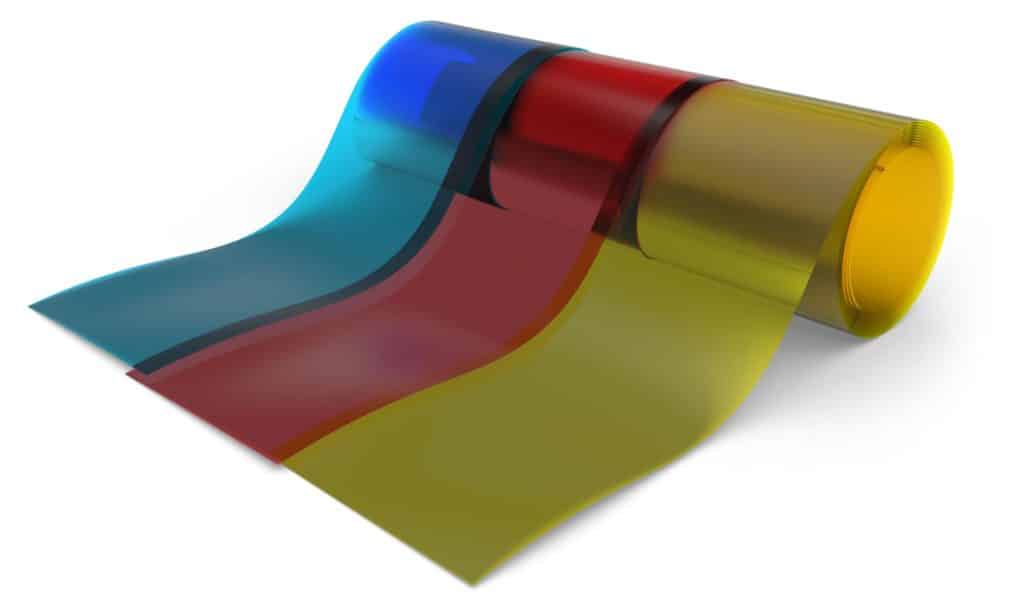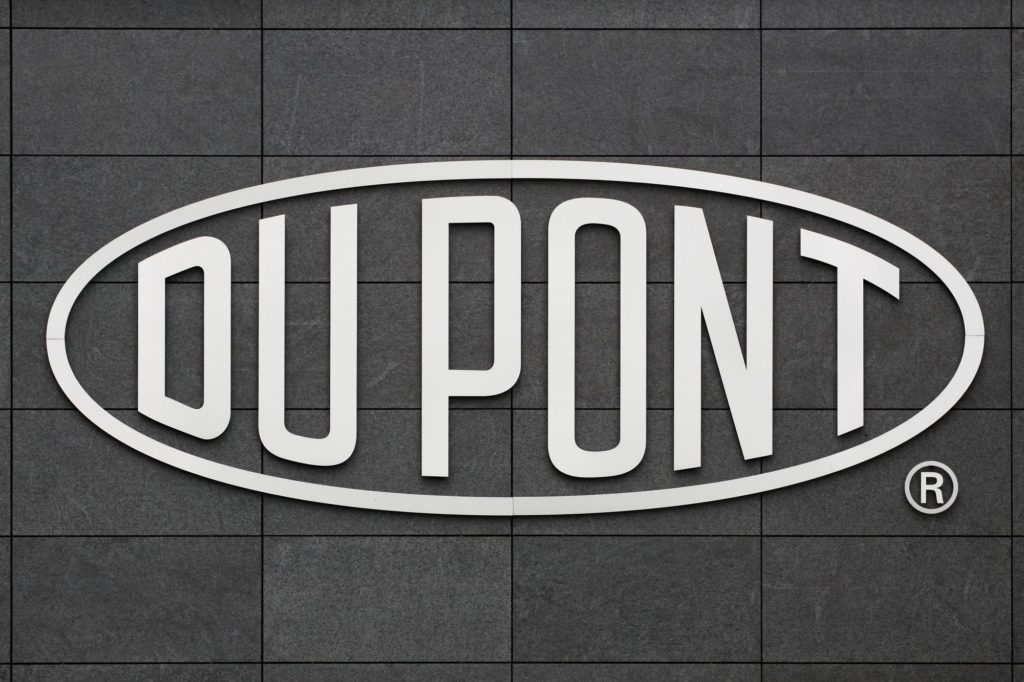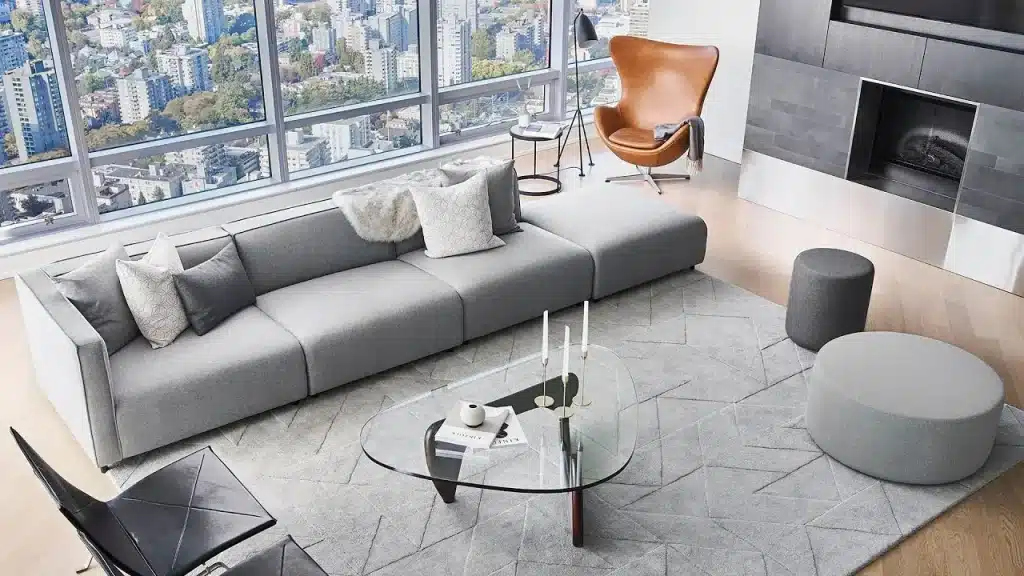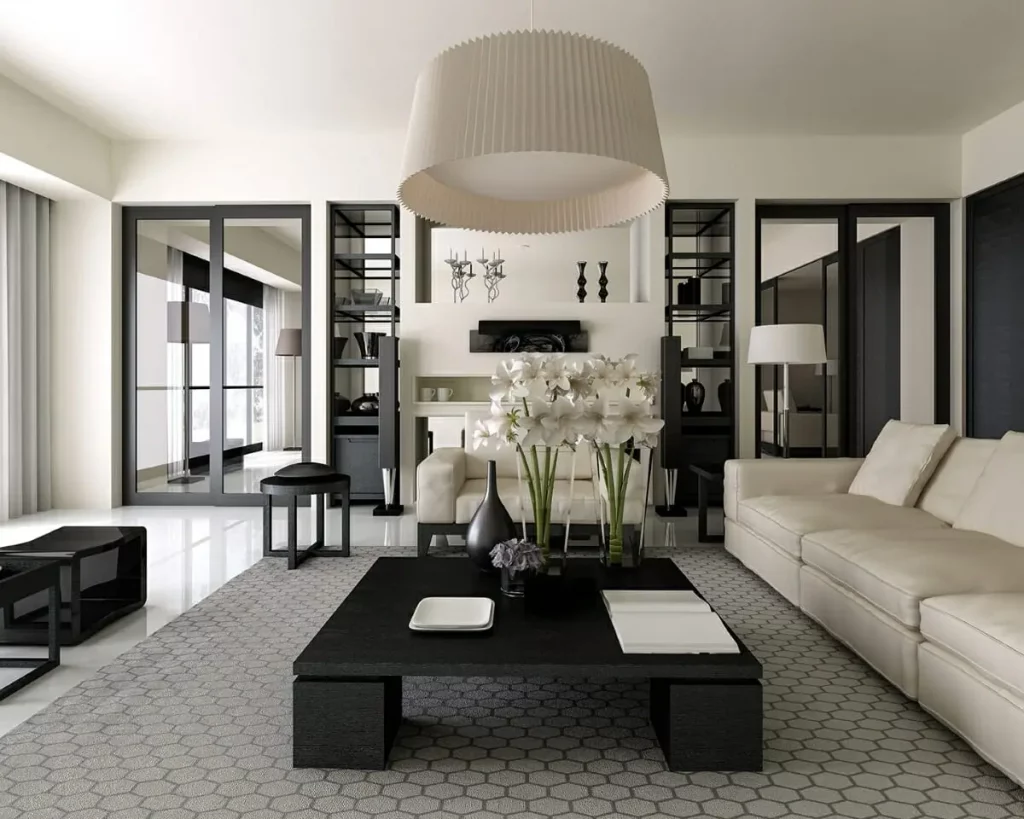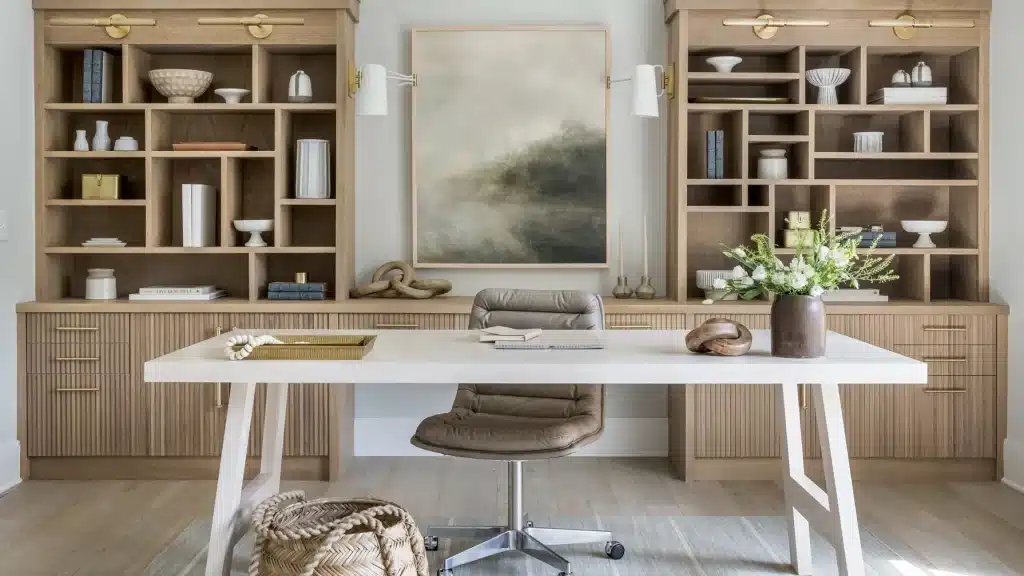Mural wallpapers are undoubtedly the most popular option for wall decoration
They are always in trend and are very popular not only due to their numerous advantages but also by the widest assortment, which will allow you to choose the ideal option for any interior.
Wallpapers are characterized by excellent aesthetic data and by the ease of use and high practicality. Among the goods presented in any hardware store, one can note a wide range of textures, shades, formats, and prices, allowing you to choose products for any budget. The long existence of this finishing material allows it to be divided into separate types and types. We suggest that you familiarize yourself with the classifications of wallpapers below.
Read also:
Division of products into types
The main criteria for classifying products into types are material of manufacture and purpose. Considering these factors, wallpaper for pasting walls is divided into:
PAPER
Paper – the classic version. They are wallpapers with a usual paper base, on top of which a print (pattern, drawing, ornament) is applied. Depending on the quality and properties, the glued rolls can be dismantled from the walls by scraping or removing the blanks, previously moistened with glue. Paper wallpapers are environmentally friendly and safe materials, they have breathable qualities. There are certain types of paper wallpaper that have an additional protective coating to preserve color from fading under the influence of light rays.
Paper with an additional coating of acrylic, plastisol, polyvinyl chloride. They are wallpaper with a paper base with a layer of additional composition, on top of which a pattern is superimposed. They are breathable and non-breathable – depending on the quality of raw materials and production technology. They can be dismantled in the same way as plain paper wallpaper.
HEAVY VINYL
Heavy vinyl – a type of product with a paper or fabric backing on which a vinyl film is glued. They are not breathable, but excellent wear and abrasion resistance. For the manufacture of dense vinyl rolls, paper made from wood pulp can be used, or cloth made of fabric – woven or non-woven. The advantage of dense vinyl wallpaper is its high practicality, since the additionally applied layer of polyvinyl chloride material allows, if necessary, to wash off any dirt from the coating.
TEXTILE
Textile – they are practically not processed and are made of cotton fabric, velvet, silk. Such wallpapers are also classified as environmentally friendly and safe, with excellent breathability. However, these properties are deprived of textile wallpaper with an additional protective layer of vinyl, which is applied to increase the wear resistance of products.
MADE FROM NATURAL MATERIALS
Made from natural materials – original wallpaper, for the manufacture of which almost any natural raw material (bamboo or reed, jute, grass, fabrics, etc.) can be used. The basis for such wallpaper is made of paper, on the surface of which natural fibers are applied. These types of products are distinguished by their spectacular appearance and environmental friendliness. The texture, shades, and pattern of the products have slight visual differences.
VELOUR
Velour – beautiful and stylish wallpaper with a pleasant velvety surface. For their manufacture, bases made of paper, vinyl, mylar, and even foil are suitable. They are suitable for luxurious interiors decorated in Baroque, Rococo, vintage, as well as classical and English styles. Pasting walls with such materials requires special care and the use of special tools that will not spoil the top textured layer.
METALLIC
Metallic – original modern wallpaper, which requires a blank of paper, aluminum foil, and paint. To obtain a finished base, the workpieces are covered with a layer of foil, which is subsequently painted with non-conductive paint. At the last stage, a print or embossing is applied over the paint layer.
GLASS FIBER
Glass fiber is a unique finishing material that has appeared on the market relatively recently. The basis for the manufacture of such wallpapers is fiberglass, impregnated with a special composition. Spectacular, resistant to moisture and wear, these wallpapers are suitable for pasting walls in different rooms, including rooms with high humidity (bath, toilet).
MYLAR
Mylar – outwardly similar to foil, but more dense and resistant to deformation and wrinkling wallpaper. They are made by applying a metalized polyester film to the base, thanks to which the products have a reflective surface. Mylars are a unique product and a separate brand registered by DuPont.
GLOWING
Glowing – wallpaper with the addition of luminescent paint. They are most often used in children’s rooms since the properties of luminescent paint to accumulate light (natural or electric) during the day, which provides a pleasant soft backlight at night. However, the illuminated areas cannot glow until the morning – they are visible only for a while after the light is turned off. The duration of the glow in the dark, as a rule, depends on the intensity of exposure to light sources during the day.
Classification by the method of printing
There are many technologies for creating patterns and ornaments on the surface of the wallpaper. But the most common ones include printing, flexography, engraving, drawing patterns using stencils.
PRINTING
Known printing methods are surface and gravure. When surface printing a pattern on rolls, the blanks are painted with quick-drying paint with a very rare consistency. The drawing can be applied both on paper bases and on vinyl ones. The process involves transferring the pattern using printing plates with ready-made printed silhouettes. These forms are wrapped around large metal shafts spaced apart from each other over the entire area of the printing unit. Each such shaft is responsible for applying a specific shade of paint, therefore, separate vats filled with compositions of the desired tone are allocated for them.
Intaglio printing guarantees the high quality of the finished drawing, achieved through the possible rendering of small details and the transfer of different shades, halftones. Unlike surface printing, gravure printing involves the introduction of ink into the workpieces, and not overlaying on the surface. The application of patterns and ornaments is carried out by transferring paint from the cells located on the printing rollers deep into the base. Thanks to this technique, beautiful patterns are obtained, consisting of many small dots.
FLEXOGRAPHY
Flexography or aniline printing is a technique for applying patterns on the surface of wallpaper, also using flexible forms and printing rollers. The ink is transferred to the blank rolls from the printing plates by rotating them around the shaft.
Another format of flexography is also known – it provides for the use of only the printing roller. In this case, it must be made of rubber, and a predetermined template is burned out on its surface using a laser. This version of the surface aniline printing allows the ink to be transferred perfectly precisely and evenly onto substrates with any surface, even rough ones.
SCREEN PRINTING (ROTARY)
The technique of manually applying a pattern to wallpaper using stencils was developed back in 1930. It involved manual embossing of drawings through pre-prepared templates with slots, which was very time-consuming.
Currently, this complex technological process is performed using special equipment. Silk, nylon, cotton, or wire forms are used to create stencils. On the other hand, paint can be applied to rolled blanks either fully automatically or semi-automatically.
ENGRAVING
The pattern on the surface of the wallpaper is created by embossing. This technique also involves the use of shafts, on which the engraving contour is preliminarily applied. On the shaft, there are cells in which paint is refilled. The cells can be of different depths – depending on what shade you want to transfer on the workpiece.
Engraving is one of the most expensive prints on wallpaper. The cost of 1 roller varies between 1-2 thousand dollars.
It is important for any buyer to know the characteristics of finishing materials. Thanks to this knowledge, you will be able to better understand the positions of the finishing materials market.
